Be the first to review “Turtle Eyeglasses Frame” Cancel reply
-23%
Previous product
Back to products
Tom Ford Sunglasses
₨12,500 ₨9,500
Next product
Rimless Glasses
₨14,500 ₨9,500
Turtle Eyeglasses Frame
₨3,250 ₨2,500
Model: TR-5577
Color: Turtle Camo
Size:52-18-140 Medium
Categories: Cat Eye, Glasses For Girls, Glasses Frames
Tags: glasses frames for women, turtle glasses frame

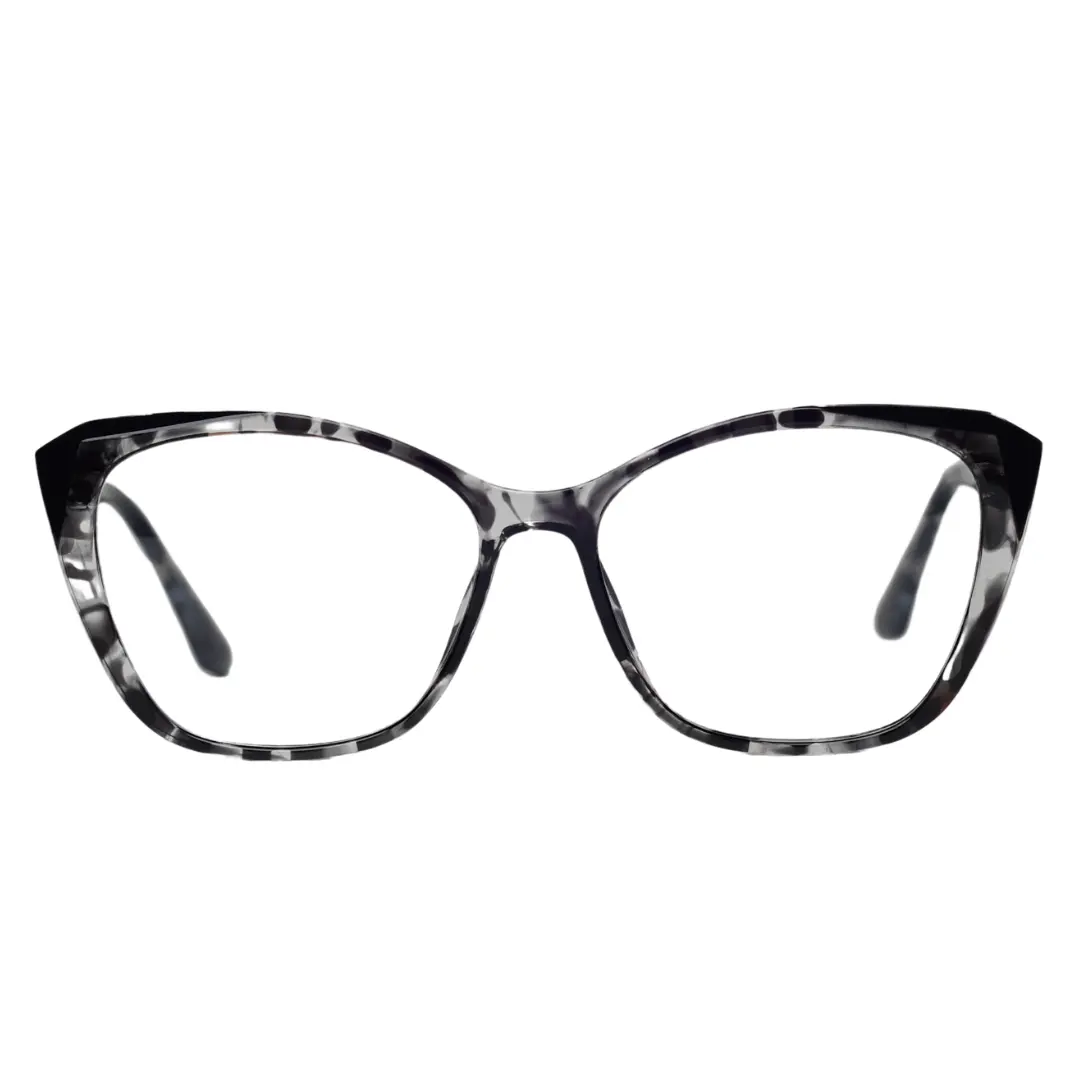
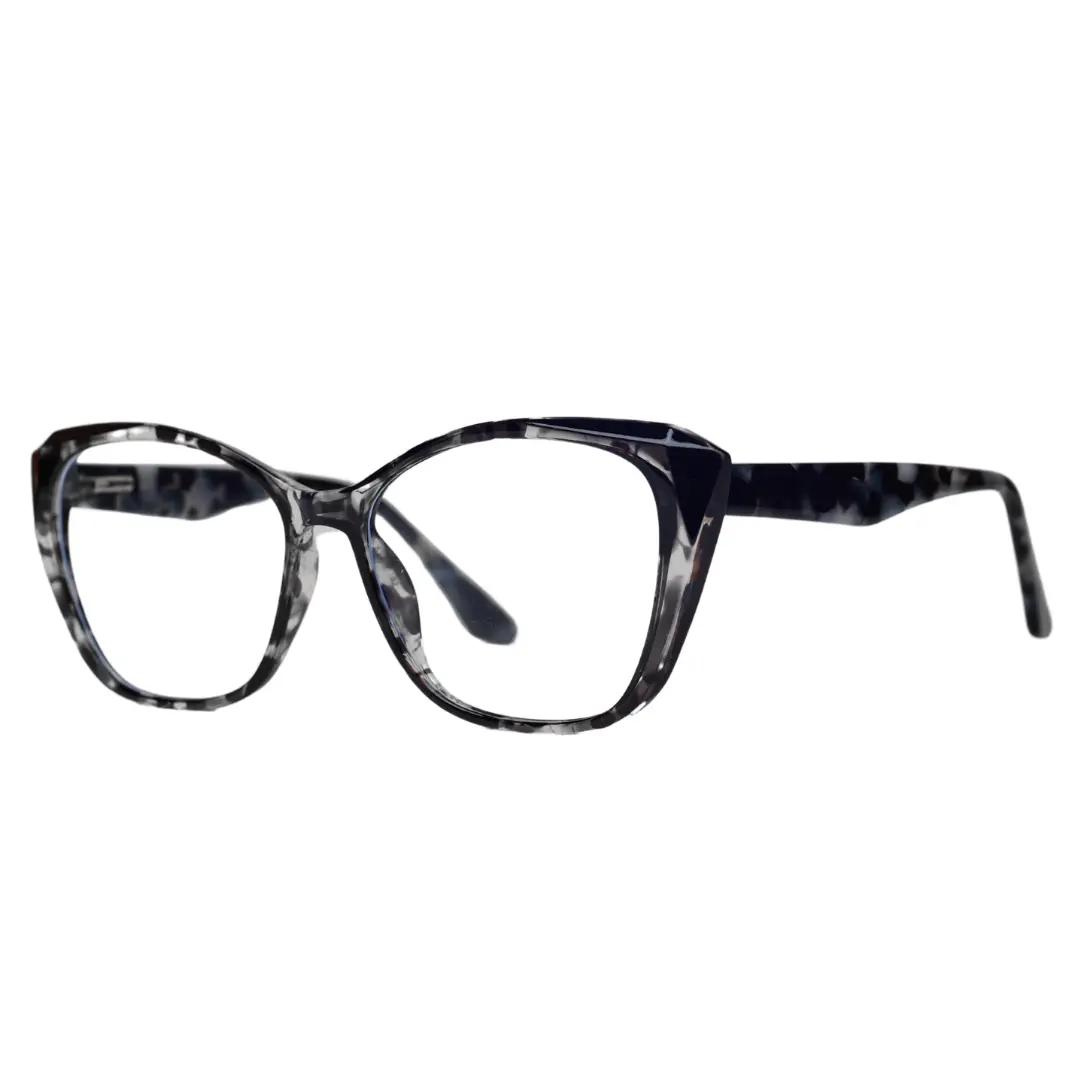
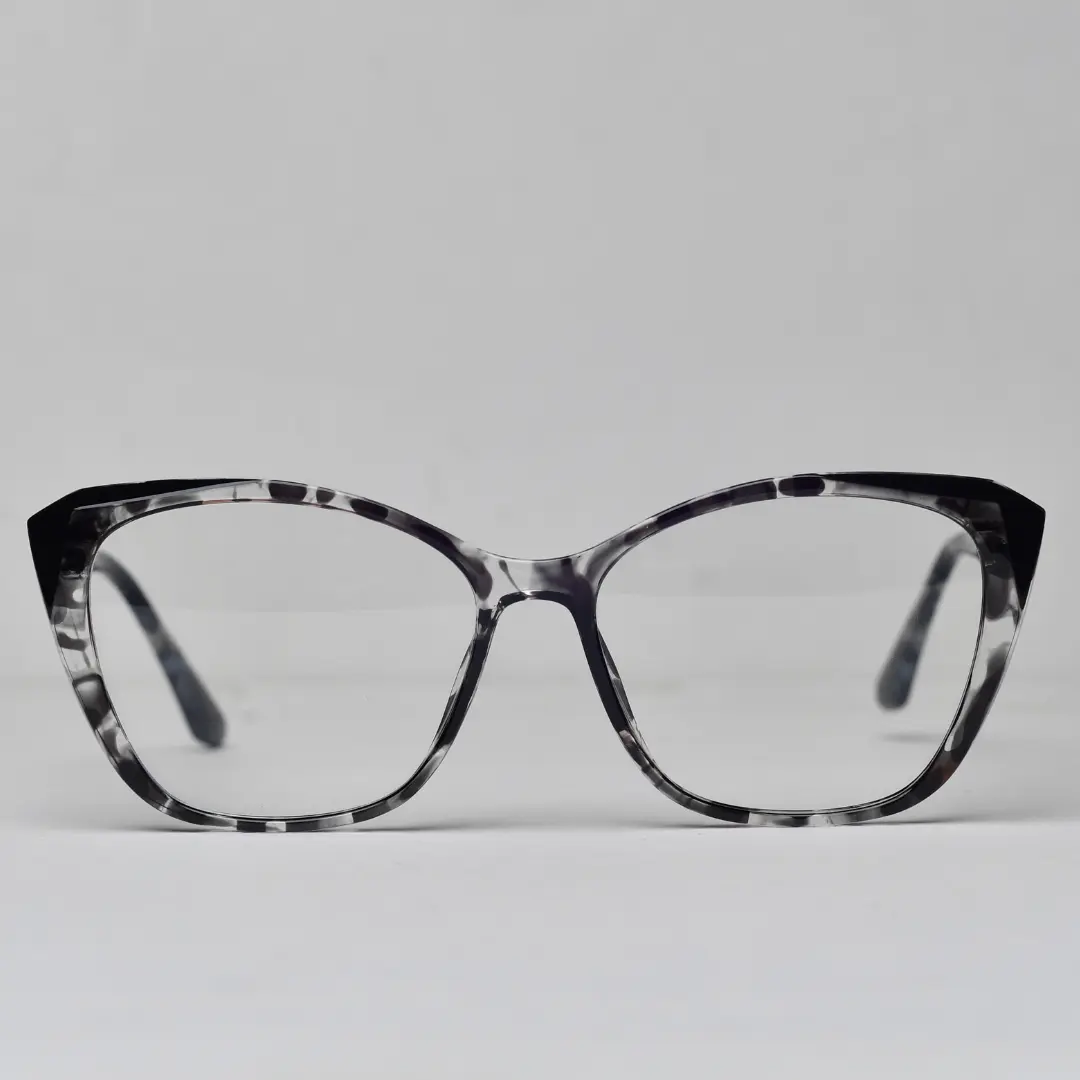
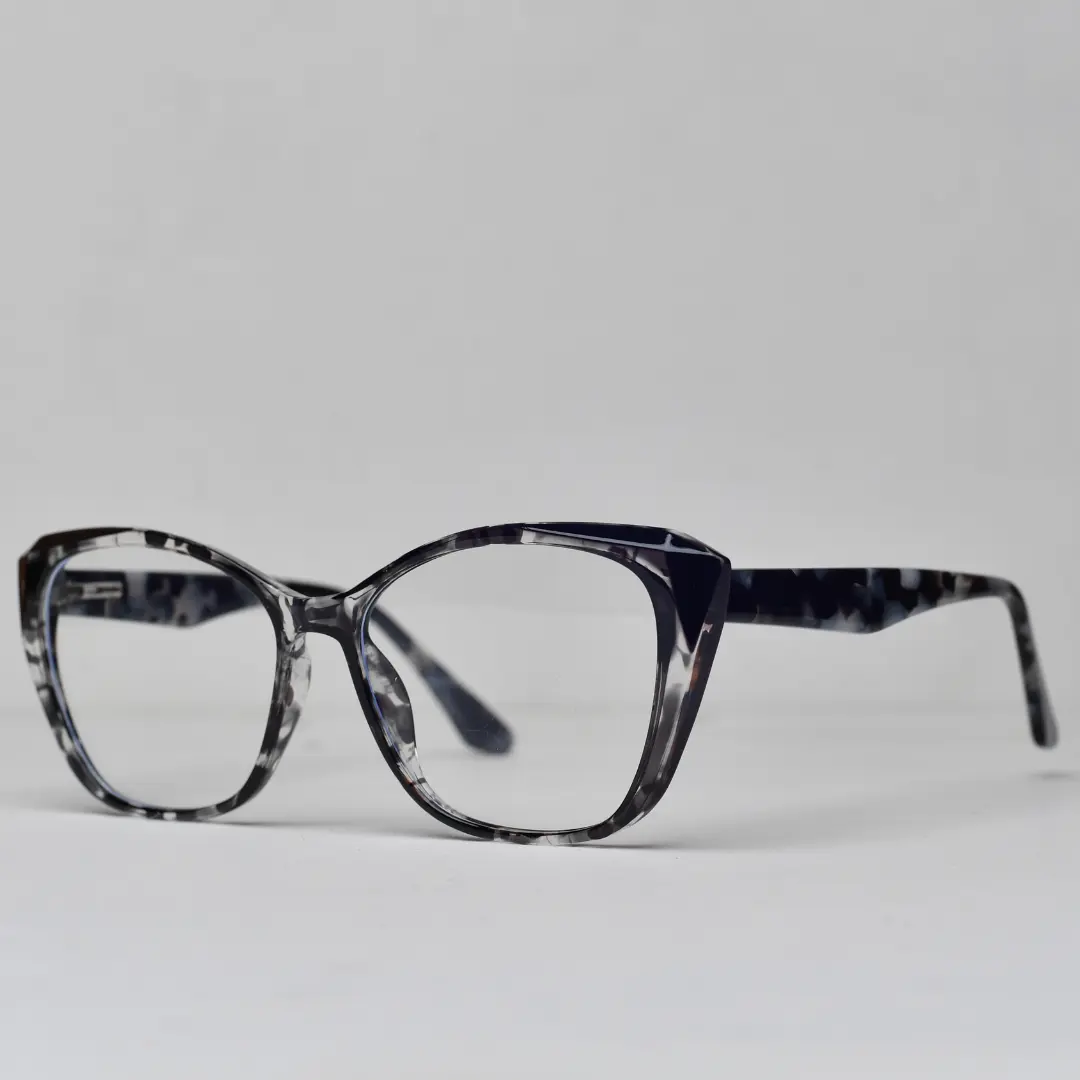




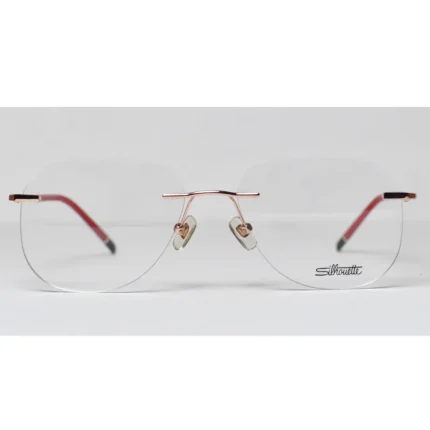
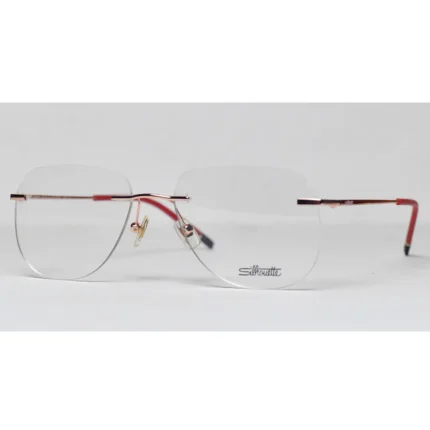


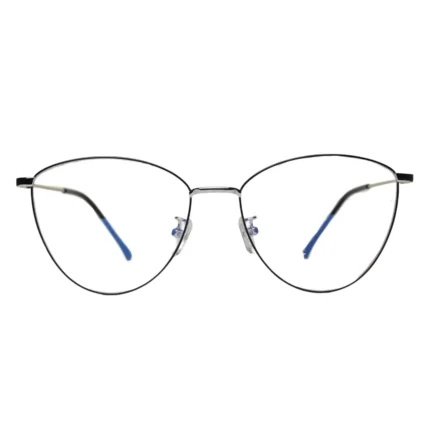


Reviews
There are no reviews yet.